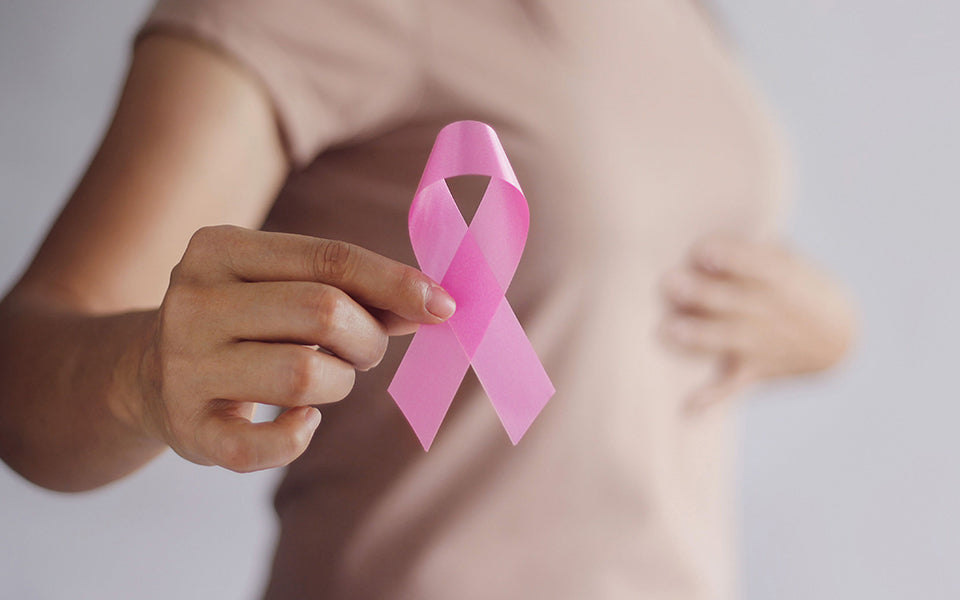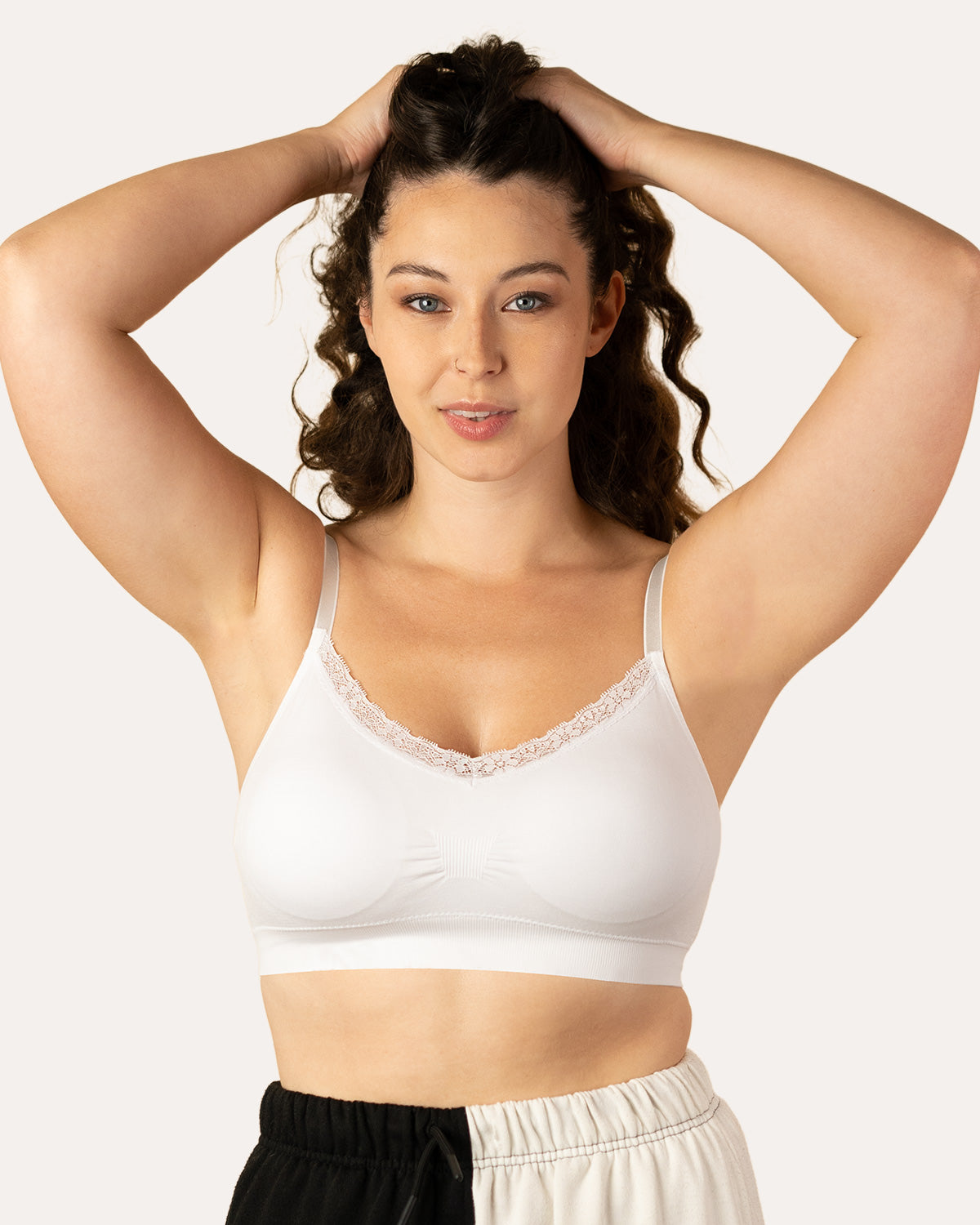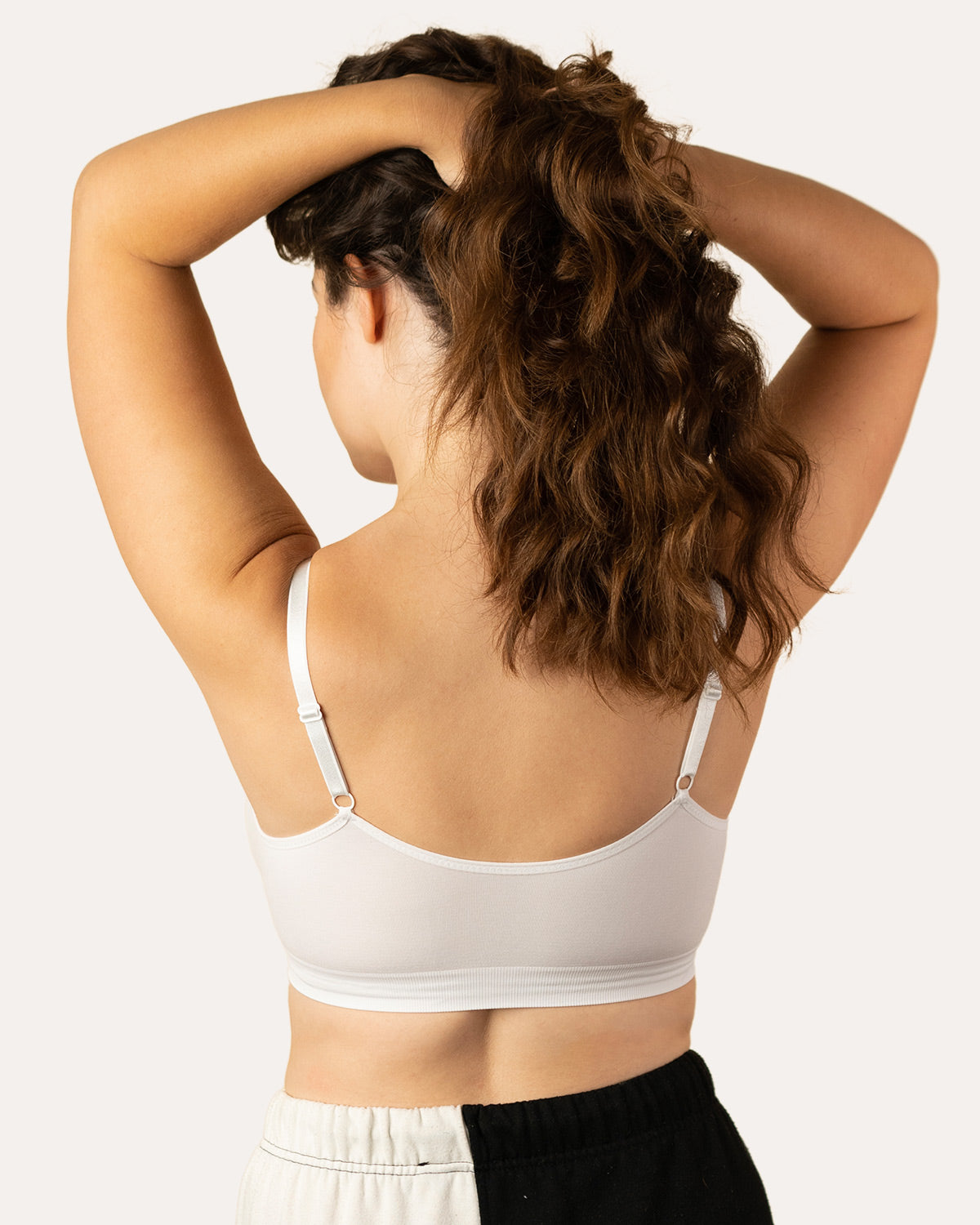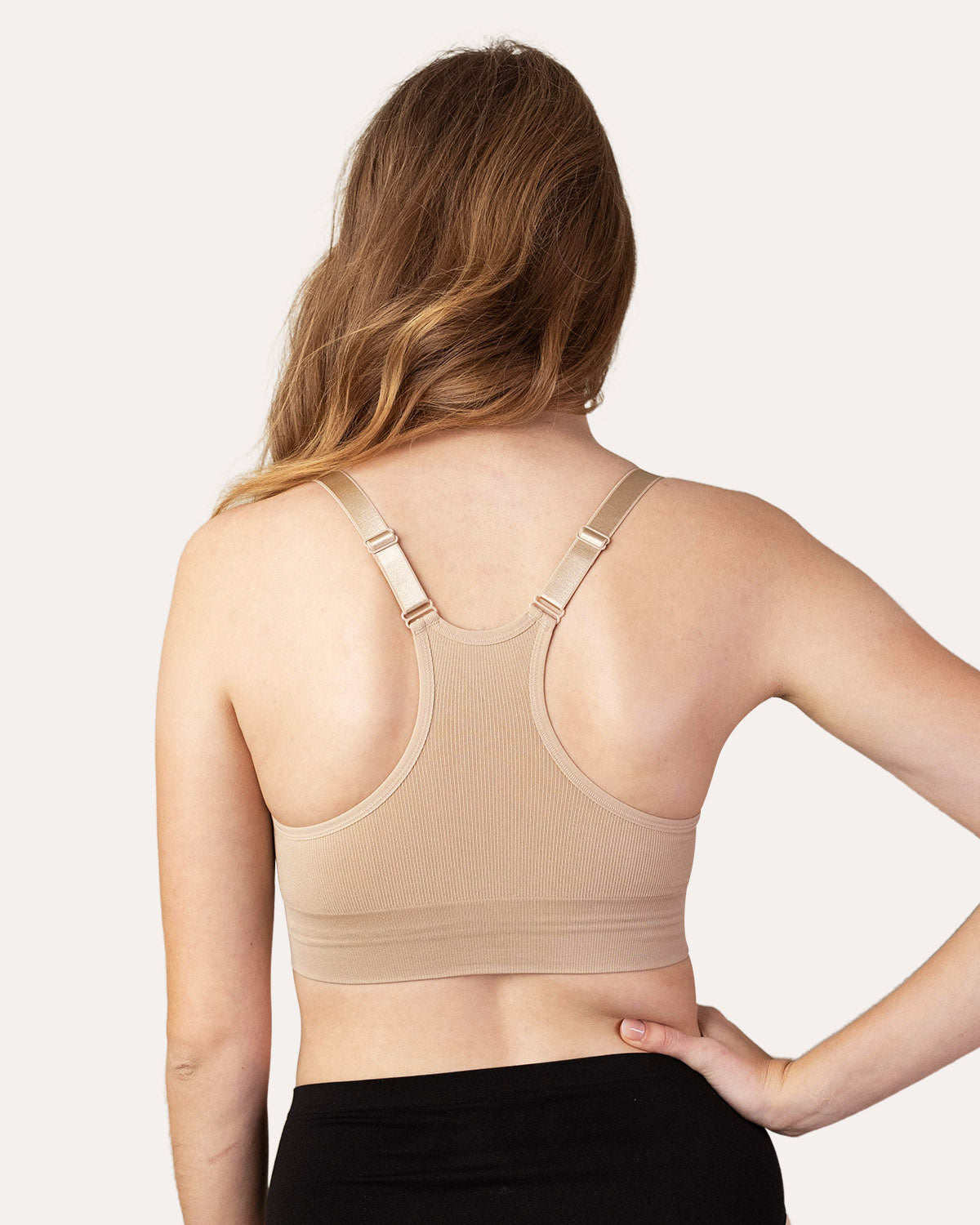A skin rash on your breast could be a sign of an aggressive form of breast cancer known as inflammatory breast cancer (IBC). Breasts will often appear swollen and red, with symptoms progressing rapidly over weeks or months. IBC can cause a rapid increase in size, and breasts may feel heavy, burning, or tender. There often isn't a lump, making IBC challenging to diagnose.
Infections, allergies, and shingles may also cause a breast rash. A healthcare professional should examine any unexplained rashes on the breast to properly diagnose and treat the cause. Learn about breast cancer rashes, including causes, risk factors, when to see your healthcare provider, and more.

What's a Breast Cancer Rash?
A rash appearing on the breast may be indicative of inflammatory breast cancer, an uncommon form of breast cancer that accounts for approximately 2% to 4% of all breast cancer cases in the United States. This highly aggressive type of breast cancer typically manifests as a red rash that leads to noticeable swelling of the affected breast.
Inflammatory breast cancer typically originates in the cells lining the milk ducts within the breast. As the cancer cells proliferate and expand, they frequently coalesce to form a tumor, obstructing the lymph vessels within the skin. Consequently, this obstruction can lead to an accumulation of lymph fluid, resulting in skin inflammation and the development of a red rash .

What Does An Inflammatory Breast Cancer Rash Look Like?
You're absolutely right; the appearance of a rash associated with inflammatory breast cancer (IBC) can indeed be quite varied and doesn't always resemble a typical rash. It can manifest in different ways, making it a challenging condition to identify solely based on its visual characteristics. The skin-related changes can include redness, discoloration, or even exaggerated skin pores due to swelling.
Furthermore, the appearance of the rash may vary depending on an individual's skin tone. While it's commonly described as red, in some cases, it may appear as dark or even purple, and it's not a consistent or defining skin change for everyone affected by IBC.
Another important point to note is that, regardless of when the rash is diagnosed, IBC is typically considered at least stage III due to its aggressive nature and tendency to have already advanced by the time it becomes noticeable. Early detection and prompt medical attention are crucial in managing this condition effectively.

Distinguish An Inflammatory Breast Cancer Rash From Other Kind
Speed is a critical factor when it comes to inflammatory breast cancer (IBC). IBC is known for its aggressive nature, and it can progress rapidly. Any marked changes in the size, color, or texture of the breast, whether it occurs over a few weeks, days, or even hours, should be treated with the utmost urgency.
The onset of the rash associated with IBC can sometimes resemble a small area or even a bug bite. However, it often spreads to involve a significant portion of the breast within a very short timeframe. Any spreading rash on the breast should be regarded as a cause for immediate medical evaluation.
Timely diagnosis and intervention are essential in effectively managing IBC due to its aggressive behavior and potential for swift progression. Your emphasis on the need for prompt attention is crucial for individuals to be aware of these warning signs and take appropriate action.

Other Conditions That Can Cause Rashes On The Breast
Mastitis is indeed a common condition during breastfeeding, and the symptoms it presents, such as breast redness and swelling, can easily be mistaken for inflammatory breast cancer (IBC). Because IBC is so rare and its symptoms can mimic more benign conditions, healthcare providers may initially suspect an infection like mastitis or an abscess. This initial misdiagnosis can lead to delays in identifying and addressing IBC.
The prevalence of IBC is relatively small compared to other forms of breast cancer, which can contribute to its underdiagnosis or misdiagnosis. It's crucial for both healthcare professionals and individuals to be aware of IBC and its distinguishing features, as early detection and appropriate treatment can significantly impact outcomes.
In some cases, as you mentioned, patients with IBC have already undergone rounds of antibiotics with no improvement before they are eventually diagnosed correctly. Raising awareness about IBC and its unique characteristics is vital to improving the early detection and management of this aggressive form of breast cancer.

Is There Anything Else People Should Know About Inflammatory Breast Cancer Rashes?
Early diagnosis and timely medical attention are critical, and your advice to seek prompt evaluation is valuable. If someone notices rapid and unusual changes in one or both breasts, it's essential to consult a healthcare provider within two weeks.
While a short course of antibiotics may be prescribed when there's a low suspicion of inflammatory breast cancer, individuals should not hesitate to request further diagnostic tests like breast imaging or a biopsy if their symptoms do not fully resolve within this time frame.
Early intervention is key, and even if the symptoms improve before test results arrive, it's a proactive approach that can lead to a more accurate and timely diagnosis, potentially making a significant difference in the outcome and management of the condition. Your emphasis on advocating for thorough evaluation is crucial in the context of breast health.

What Are the Home Remedies for Managing Breast Rash?
To alleviate discomfort and manage a breast rash, you can try the following home remedies in addition to any prescribed medical treatments:
Opt for Loose Attire
Choose loose-fitting clothing made from breathable fabrics like cotton. This can help reduce friction and irritation on the affected skin.
Shield from Sun Exposure
Protect the rash-prone areas from direct sunlight by wearing clothing that covers the affected skin. Sun exposure can worsen the condition.
Avoid Irritating Products
Refrain from using products that could irritate the skin, such as scented deodorants, perfumes, or other cosmetic products. These can exacerbate the rash.
Use a Gentle Cleanser
Select a mild, soap-free cleanser when bathing. Afterward, pat the skin dry gently with a soft towel rather than rubbing, as rubbing can further irritate the sensitive skin.
Remember that if the rash persists or worsens, it's essential to consult a healthcare professional for proper diagnosis and treatment.

Conclusion
To ensure an accurate diagnosis and appropriate treatment, it is imperative to consult with a healthcare professional for a comprehensive examination when encountering any breast skin rash or related symptoms.
Only a trained physician possesses the expertise and experience to effectively diagnose and differentiate between these various conditions. Seeking medical guidance is crucial in managing and addressing these breast-related issues, promoting early intervention when necessary, and improving overall outcomes.
































Leave a comment
This site is protected by hCaptcha and the hCaptcha Privacy Policy and Terms of Service apply.